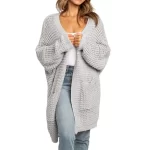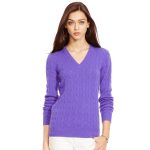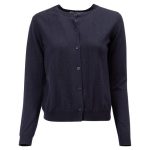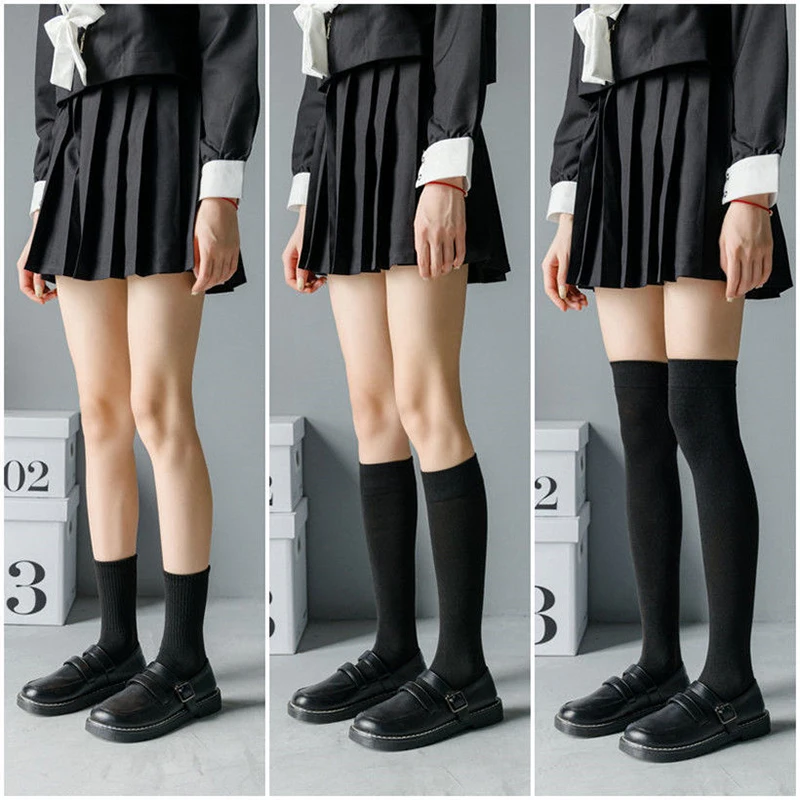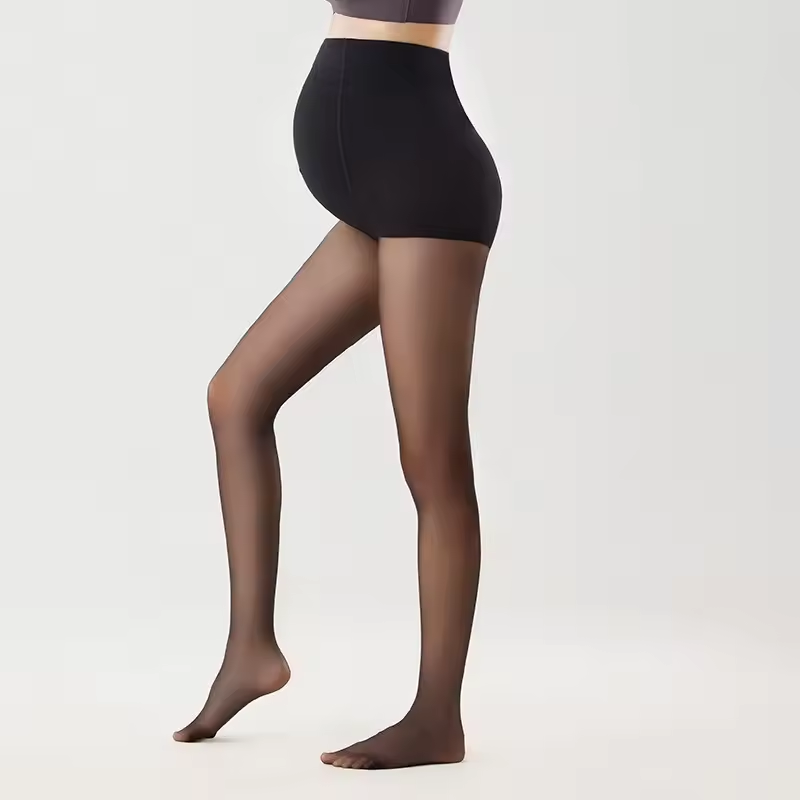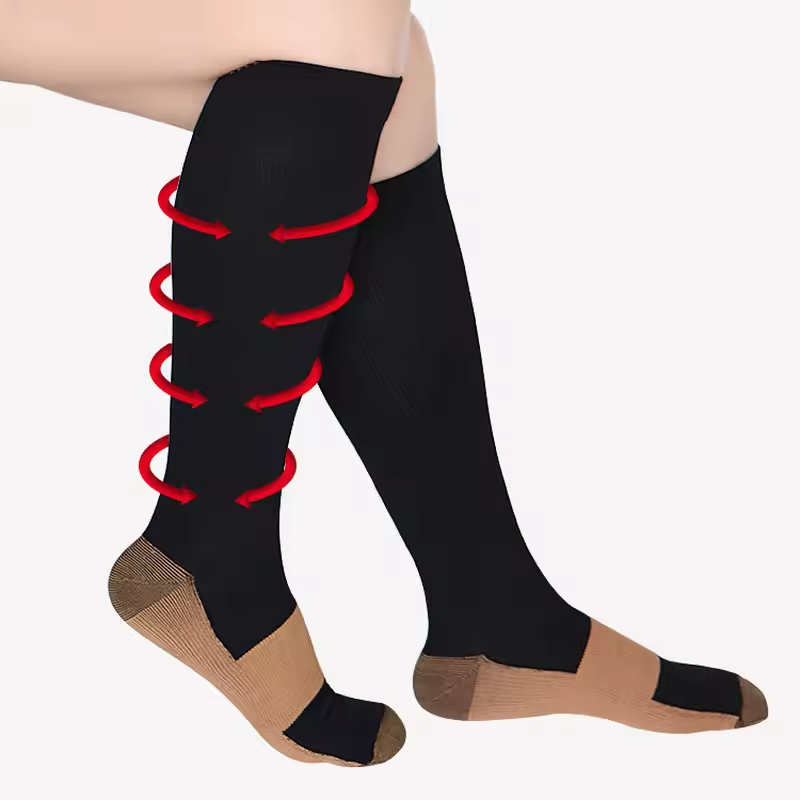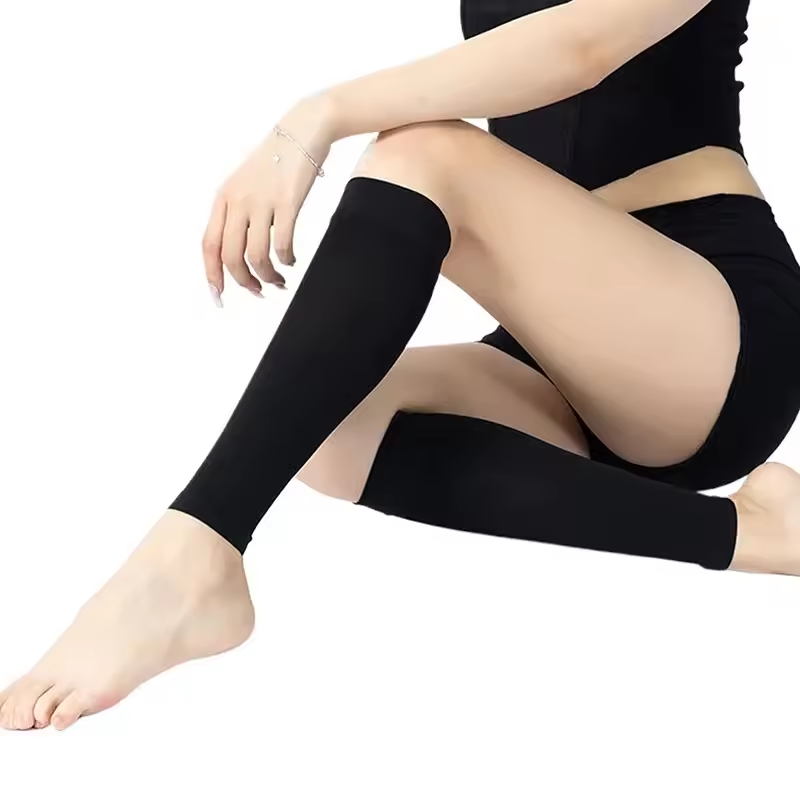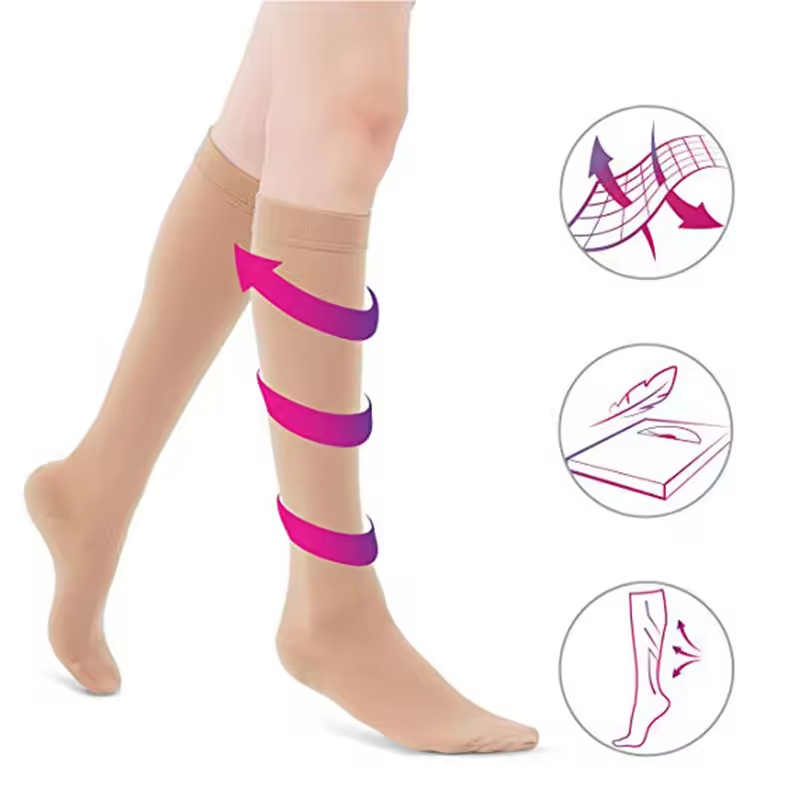Introduction to Juzo Stockings: An Overview
Juzo stockings are a premium brand of compression wear designed to offer therapeutic benefits for individuals with various medical conditions, as well as for everyday wellness. Known for their high quality, durability, and effectiveness, Juzo stockings are often recommended by healthcare professionals for managing conditions such as chronic venous insufficiency, lymphedema, and deep vein thrombosis. They come in a variety of styles, sizes, and compression levels, making them suitable for a wide range of users. In this article, we will explore the numerous benefits of Juzo stockings, the different types available, and detailed instructions on how to wear them correctly to reap their full advantages.
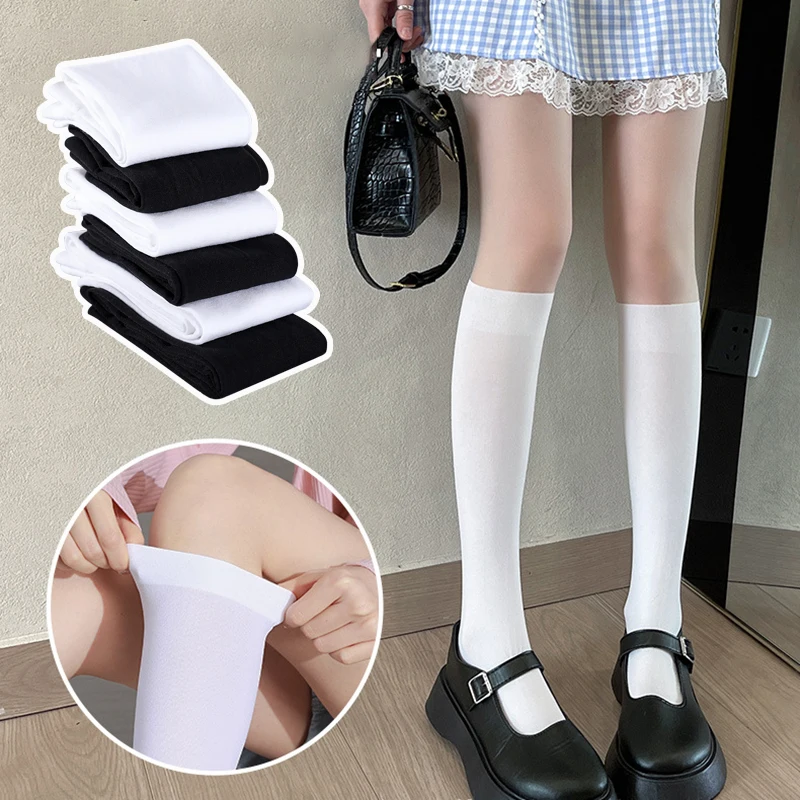
Benefits of Juzo Stockings: Therapeutic and Everyday Advantages
The benefits of Juzo stockings are substantial and multifaceted. Firstly, they are highly effective in improving blood circulation in the legs by applying graduated pressure, which means the pressure is highest at the ankle and decreases as it moves up the leg. This principle facilitates the upward flow of blood, preventing pooling and reducing the risk of blood clots. For individuals with chronic venous insufficiency, this can provide significant relief from symptoms like swelling, aching, and fatigue. The compression also helps to prevent the formation of varicose veins and spider veins, making these stockings a valuable tool for both medical and cosmetic reasons.
Juzo stockings are also beneficial for managing lymphedema, a condition characterized by the buildup of lymphatic fluid in tissues, leading to swelling. The consistent pressure provided by these stockings helps to move the lymphatic fluid, reducing swelling and discomfort. Athletes and individuals who experience prolonged periods of standing or sitting also benefit from wearing Juzo stockings. By promoting blood flow and reducing muscle soreness and fatigue, these stockings enhance physical performance and recovery. Furthermore, pregnant women often turn to compression stockings to alleviate edema and the discomfort associated with pregnancy-induced varicose veins. Beyond health benefits, Juzo stockings are available in fashionable designs and colors, allowing users to incorporate them seamlessly into their wardrobe.
Types of Juzo Stockings: A Comprehensive Guide
Juzo offers a wide variety of stockings tailored to meet diverse needs and preferences. One of the primary distinctions is the compression level, measured in millimeters of mercury (mmHg). Compression levels range from mild (8-15 mmHg) to extra-firm (40-50 mmHg), with moderate (15-20 mmHg) and firm (20-30 mmHg) levels being the most commonly used. The appropriate level of compression is typically determined by a healthcare provider based on the individual’s medical condition and specific needs.
In addition to compression levels, Juzo stockings come in different styles, including knee-high, thigh-high, pantyhose, and maternity. Knee-high stockings are ideal for individuals who only require compression below the knee, while thigh-high versions provide support up to the thigh, benefiting those with issues extending above the knee. Pantyhose and maternity stockings offer full-leg coverage, with the latter designed to accommodate the growing abdomen during pregnancy while providing circulatory support.
Juzo also caters to different preferences in material and design. Their product line includes options made from soft, breathable fabrics, durable materials for extended wear, and specialized versions for specific medical conditions. For instance, Juzo Lymphedema Stockings are specifically engineered to manage lymphatic swelling with features like seamless design and high elasticity. The Juzo Dynamic line is crafted for durability and is often recommended for individuals with active lifestyles. Additionally, Juzo offers custom-made stockings for those needing a tailored fit due to unique body measurements or specific medical requirements.
How to Select the Right Juzo Stockings for Your Needs
Choosing the right Juzo stockings involves considering multiple factors such as the level of compression, the style of the stocking, and any specific medical or lifestyle needs. It is generally advisable to consult with a healthcare professional before purchasing compression stockings to ensure that the compression level is appropriate for your condition. Incorrect pressure can lead to discomfort or exacerbate existing issues, so professional guidance is crucial.
Lifestyle considerations also play a role in the selection process. For individuals who engage in rigorous physical activities, Juzo’s Dynamic or Soft models may be more suitable due to their durability and comfort. Conversely, those who prioritize aesthetics can opt for the fashion line, which combines therapeutic benefits with stylish designs. Additionally, individuals with sensitive skin or allergies should look for stockings made from hypoallergenic materials to minimize the risk of irritation.
Sizing is another critical aspect of choosing Juzo stockings. Compression stockings need to fit snugly to be effective, but they should not be too tight to cause discomfort. Juzo provides detailed sizing charts and guidelines to help users find the perfect fit. Measuring the circumference of the ankle, calf, and in some cases, the thigh and hip, ensures that the stockings provide the correct amount of pressure at each point on the leg. Some models also come in petite sizes and plus sizes, catering to a broader range of body types.
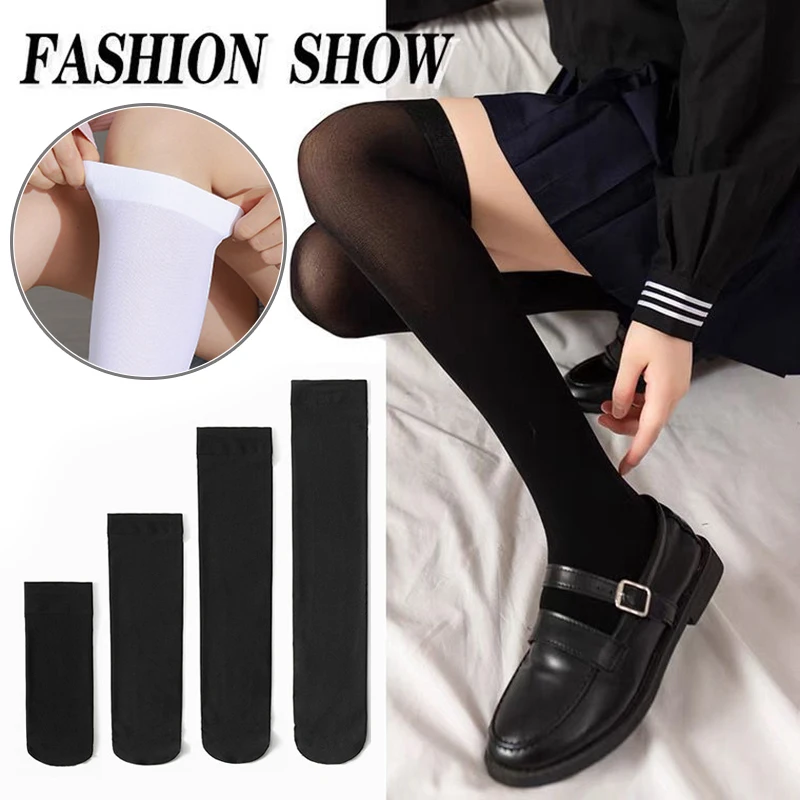
Proper Way to Wear Juzo Stockings: Step-by-Step Instructions
Wearing Juzo stockings correctly is key to maximizing their benefits. To start, put on the stockings first thing in the morning when your legs are least swollen. Sit on a chair or the edge of your bed and gather the stocking from the top to the toe, turning it inside out up to the heel. This method, often referred to as the “donning” process, makes it easier to slide your foot into the stocking without causing unnecessary stretching or damage.
Once your toes and heel securely position, gradually unroll the stocking up your leg. Smooth out any wrinkles or folds as you go, ensuring even compression throughout the leg. It’s essential to avoid bunching, especially at the knee or ankle, as it can interfere with blood flow and reduce the effectiveness of the stocking. Some people find it helpful to use rubber gloves for a better grip during the donning process, while others may benefit from a specialized donning aid, particularly those with limited hand strength or dexterity.
Maintaining your Juzo stockings is equally important. Wash them regularly according to the manufacturer’s instructions, typically using a mild detergent and lukewarm water. Avoid wringing them out; instead, gently squeeze out excess water and lay them flat to dry. Proper care not only extends the life of your stockings but also ensures that they continue to provide the right amount of compression.
Common Challenges and Solutions in Wearing Juzo Stockings
Despite the numerous benefits, some users may encounter challenges when wearing Juzo stockings. The most common issues include difficulty in donning and doffing (putting on and taking off) the stockings, experiencing discomfort or irritation, and maintaining the stockings’ effectiveness over time. Fortunately, there are solutions to these challenges that can help users make the most out of their compression therapy.
For those who struggle with putting on and taking off the stockings, several tools and techniques can offer assistance. Donning aids, such as stocking butlers or sliders, can significantly reduce the effort required, especially for individuals with limited mobility or arthritis. Additionally, wearing rubber gloves can improve grip, making it easier to adjust the stockings properly. It’s also beneficial to use a bit of body lotion or talcum powder on your legs before donning the stockings to facilitate smoother application.
Discomfort or skin irritation can often resolve by ensuring you have the correct size and level of compression. If irritation persists, consider stocking models made from hypoallergenic materials or those designed for sensitive skin. In some cases, layering a thin cotton stocking liner under the compression stocking can help reduce friction and improve comfort.
Maintaining the effectiveness of Juzo stockings over time involves proper care and adherence to the recommended replacement schedule. Compression stockings typically need to replace every three to six months as their elasticity diminishes with use. Regularly inspect your stockings for signs of wear and tear, such as thinning fabric or reduced elasticity, and replace them as needed to ensure continuous therapeutic benefits.
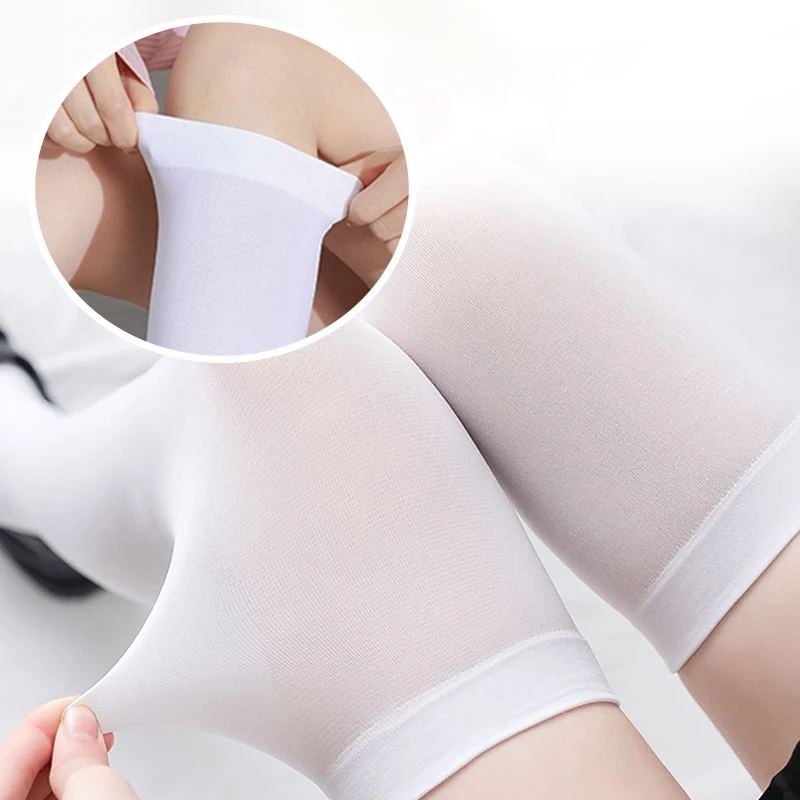
In Conclusion: The Importance of Juzo Stockings
Juzo stockings stand out in the world of compression therapy due to their high-quality construction, diverse range of options, and proven effectiveness. Whether you’re managing a medical condition or seeking everyday wellness benefits, these stockings offer a reliable solution. By understanding the different types available, selecting the appropriate size and compression level, and learning how to wear and care for them correctly, you can maximize the therapeutic benefits they provide.
Consulting with healthcare professionals, experimenting with different styles and compression levels, and staying informed about best practices for use and maintenance are all crucial steps in making the most of Juzo stockings. As you integrate Juzo stockings into your daily routine, you’ll likely notice improved comfort, reduced symptoms, and an overall enhancement in quality of life. Whether for medical necessity or personal wellness, Juzo stockings embody a commitment to health and well-being, making them a valuable addition to anyone’s healthcare arsenal.

